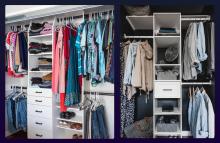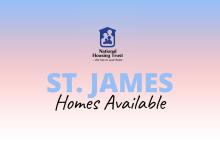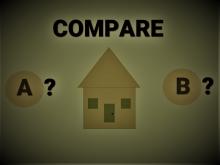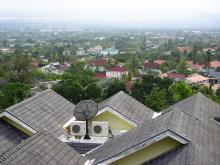8 Successful Strategies for Finding the Right Price for a Rental Property
- By Philmore Thompson
- Jul 13, 2016
- Updated Jul 5, 2017
-
5m
-
3
- RSS
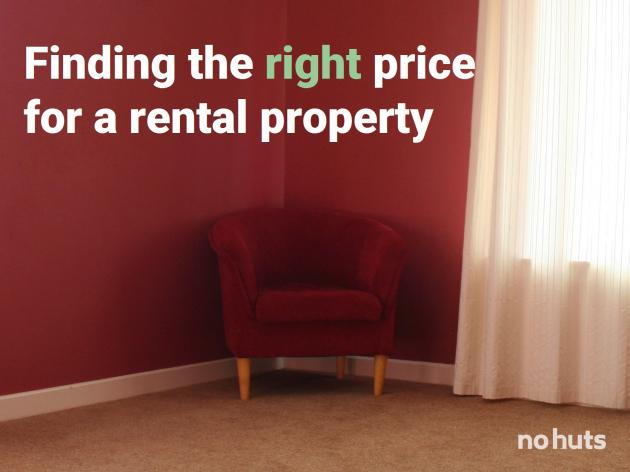
Setting a fair price for your rental property can be a bit tricky at times, especially for those new to renting who tend be a be a bit uncertain. You must strike the right balance, establishing a price that’s ideally high enough to cover all your property expenses while provide a reasonable profit, but low enough to ensure that you’ll attract prospective tenants. Pricing too high could result in no interested renters calling you at all.
Here are some tried and true methods used by landlords and realtors all over the world, not just in Jamaica, that you can consider using to determine the right rental price for your property.
- Think like a prospective tenant
Search online (e.g. on Nohuts.com) or scan through the classified section of the paper of your choice (e.g., the Jamaica Gleaner, Jamaica Observer and Western Mirror) to look for real estate in your location with similar rates.
Look at the number of bedrooms, bathrooms and other rooms to be provided, along with any utilities to be included in the price (e.g., cable, internet, water) and the features provided (e.g., air conditioning, ceiling fans, and washing machine), furnishings.
If prices are not listed, call the contact numbers provided in the adverts to find out the rental amounts being asked.
Make a shortlist of the most comparable rental properties and take note of the prices that are being advertised versus the average rental price.
- Consider proximity to social facilities
If your property is located within close proximity to schools, shops, entertainment spots, churches and other social amenities, it could add to the value of the property. Also, your property will likely be more marketable if access to public transportation is easy from the location.
- Factor in the property size
Real estate with larger rooms will attract higher rents than those with smaller rooms. This is the same for the size of yard and most things that go with the property.
- Assess the property condition
For those of you with rental properties in tip-top condition, you should be able to command as high a price as that offered by your existing competition.
However, if the property is currently in a poor condition and you’ve no plans to renovate before renting, it might be in your best interest to charge lower than the going average price on the market to ensure that the property appears more appealing to prospective tenants. It all depends.
If the location is in a high-demand area (e.g., New Kingston or Leaders Avenue in Montego Bay), you could probably take the risk of not making any adjustments. If that’s not the case, you’ll really have no other choice but to use the lower end of the scale.
- Calculate property expenses
Determine all the costs associated with owning the rental property. Take into account all pertinent expenses such as mortgage payments including both the principal and interest fees, any other bank fees, property taxes, home insurance, property management and association fees, the cost of repairs and maintenance, vacancy allowance. Remember, these tend to increase over time.
If all your expenses cannot be covered, you’ll be operating at a loss, which you may need to do in order to be competitive in the market. However, it’s a good idea to figure this upfront before setting your rental price.
If you’re one of the lucky ones who are able to cover all your expenses without exceeding the average rental price for comparable properties within your area, this is great news. You’ll be to rent at the average rental price or lower without losing any money. Who knows, you may even be able to undercut your competitors while making a tidy profit.
- Gauge market demand
Estimate how quickly or how long comparable properties in the area take to get rented, and the number of competing properties available. If turnaround is quick, there is decent level of demand, and therefore it may be possible to set a price close to the higher end of the scale in the rental market. On the other hand, if most of the competing properties are not being rented swiftly, the market may be saturated and you many need to respond by pricing on the lower end of the scale to attract any prospects.
- Ask realtors or other landlords
When in doubt, discuss with a local realtor or property management company to get their expert opinion. You could also approach any friends you have who are also landlords. Simply, describe your property and ask what rental price they think you could get.
- Test the rental market
You may decide to advertise at the highest possible value to maximise your returns. This is a bit risky. However, don’t let this stop you. Why don’t you test the market? Haven’t you heard the phrase that “God loves a trier”?
Submit an advert online (e.g., at Nohuts.com) or via your local newspaper using the rental amount that you’re aiming to receive. If you get many interested callers, that’s a good sign. More than likely, you’ll be able to rent your property at the price you’ve advertised or even higher. On the other hand, if you get little or no interest, you’re definitely asking too much. Lower your asking price.
In conclusion
I hope the strategies above help you to price your rental property with more confidence. Remember, don’t make any off the cuff decisions. Study your market and determine your numbers first. With this approach, you’ll increase your likelihood of attracting new tenants when needed while covering your expenses over time and growing your profit margin.
And don’t forget, you can use Nohuts.com at any time to list your rental property.
